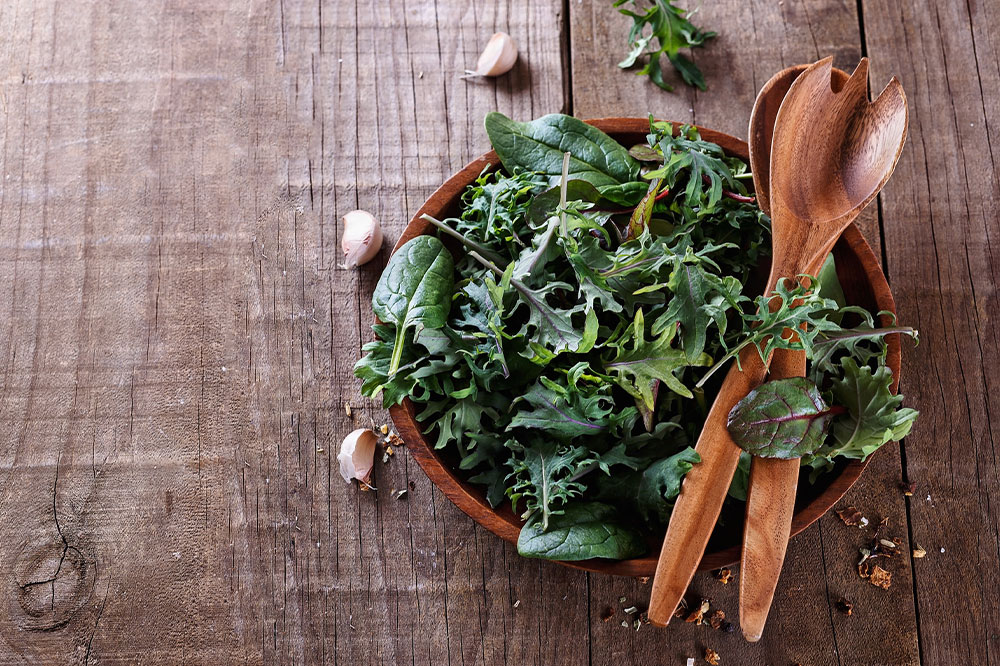Foods to Eat and Avoid for People with Psoriasis

Psoriasis is a chronic autoimmune skin condition. It causes the body to unintentionally attack its tissues, leading to plaque creation due to the overproduction of skin cells. Plaques are scaly, red spots of skin that may itch or hurt. This condition may also result in psoriatic arthritis, an inflammatory joint condition that coexists with psoriasis. It is possible to control and prevent the recurrence of this inherited disorder through lifestyle and food changes.
How does food impact psoriasis?
Each person is unique, and different foods may affect them differently. Therefore, there is no definitive set list of foods that should be avoided unless mentioned by the healthcare practitioner. That said, various foods are known to worsen psoriasis symptoms, so reducing them will be beneficial. It is important to keep track of what one consumes and be aware of its impact.
Foods to avoid to prevent psoriasis flare-ups
The National Psoriasis Foundation recommends anti-inflammatory meals full of fresh vegetables, lean protein, whole grains, and healthy fats. It is critical to avoid foods that cause flare-ups to reduce the severity and frequency of psoriasis symptoms. Let’s look at the foods that are most likely to cause a flare-up of psoriasis.
Red meat
Red meat is high in saturated fat and omega-6 fatty acids, a polyunsaturated fat. This leads to increased inflammation, and excessive consumption of this type of food can cause flare-ups. Avoid sausages, bacon and other processed meat, red meat like beef and pork, and egg and egg dishes.
Dairy products
Dairy products include arachidonic acid, a natural inflammatory substance. Cow’s milk also contains casein, a protein linked to inflammation. There is still more research needed to fully understand how dairy consumption affects psoriasis; however, limiting dairy consumption can be beneficial for those with the condition.
Gluten
Cereals like wheat and barley contain a protein called gluten. It can be found in foods like bread, spaghetti, bagels, and other cereals. The protein may cause inflammation and worsen psoriasis symptoms in patients who suffer from gluten intolerance, also known as celiac disorder.
Processed foods
Processed foods have been linked to an increased risk of a variety of disorders, like diabetes, heart problems, and autoimmune conditions. This type of food lacks the vitamins and minerals that the body requires. A steady consumption of only or majorly processed foods may cause inflammation in the body, leading to psoriasis flare-ups. Limit foods such as desserts and baked goods, canned foods, condiments and packaged sauces, processed meats, and prepackaged foods.
Nightshades
Eating nightshades is one of the most widely reported triggers for psoriasis flare-ups. These plants contain a compound called solanine, which has been linked to inflammation and digestive problems. Common nightshade plants and spices include potatoes, pepper, paprika, eggplant, and tomatoes.
Citrus fruits
Psoriasis can sometimes flare up due to an allergic reaction. Common allergens are citrus fruits like grapefruit, oranges, lemons, and limes. Even derivatives like lemonade and grapefruit might have a similar impact, so they should be avoided.
Foods high in sugar content
Natural sugars found in foods like fruit are different from added sugars found in soda, fruit juices, candy, baked goods, and other sweets. It has been shown that excess sugar inflames fat tissue and causes fat cells to store more energy. This is likely to lead to a psoriasis flare-up.
Foods to eat if you have psoriasis
A balanced meal rich in fruits, vegetables, lean protein, and whole grains can improve overall general health, reduce inflammation, and ease certain symptoms of psoriasis. So, it is recommended to include the foods given below in your daily meals.
Dark leafy greens
Fruits and vegetables are essential components of anti-inflammatory meal plans because they are rich in vitamins, minerals, fiber, and antioxidants. These help to prevent cellular damage and inflammation. It is advised to regularly include fruits and non-starchy vegetables in meals and snacks. Foods to have are leafy greens like kale, arugula, and spinach, fruits such as berries, cherries, grapes, pears, and melons, and vegetables like broccoli, onions, asparagus, and cauliflower.
Fatty fish
Fish contains omega-3 fatty acids, a type of fat with anti-inflammatory qualities. Foods high in omega-3 fatty acids help control the symptoms of conditions like psoriasis and rheumatoid arthritis. Fatty fish examples include mackerel, sardines, tuna, and salmon.
Healthy oil
Antioxidants and anti-inflammatory fatty acids like omega 3 are found in heart-healthy oils. Olive oil, almond oil, and avocado oil are examples of such oils that can be used in cooking and salad dressings. A few other options are flaxseed oil and safflower oil.
Probiotics
Probiotics have several advantages, including helping decrease allergies and inflammation. Also, having probiotic supplements helps maintain and improve gut health. Probiotic foods include yogurt, sauerkraut, miso, and kombucha.
Spices and herbs
Spices and herbs are rich in antioxidants, which help reduce inflammation. These can be added to meals in the form of cinnamon or nutmeg in cereal or dill or rosemary in veggies. They can also be used as seasonings. Doing so ensures that herbs and spices are consumed with each meal and helps to prevent flare-ups.
Turmeric
Turmeric contains curcumin, a polyphenol with powerful anti-inflammatory properties. Curcumin can inhibit a variety of molecules that lead to inflammation. This spice can be added to tea, smoothies, hummus, and roasted vegetables.
Other ways to help improve psoriasis
Reduce stress levels
Try keeping a food log to identify symptom triggers
Avoid dry, cold weather
Be aware of skin infections and allergies
Avoid bruising and scraping
Skin conditions like psoriasis can be challenging to manage. Having anti-inflammatory foods and avoiding foods that trigger the condition can go a long way in helping one lead a normal lifestyle. Consume more fruits and vegetables, fatty fish, and vegetables. Any symptom or indication should be discussed with a healthcare provider.






